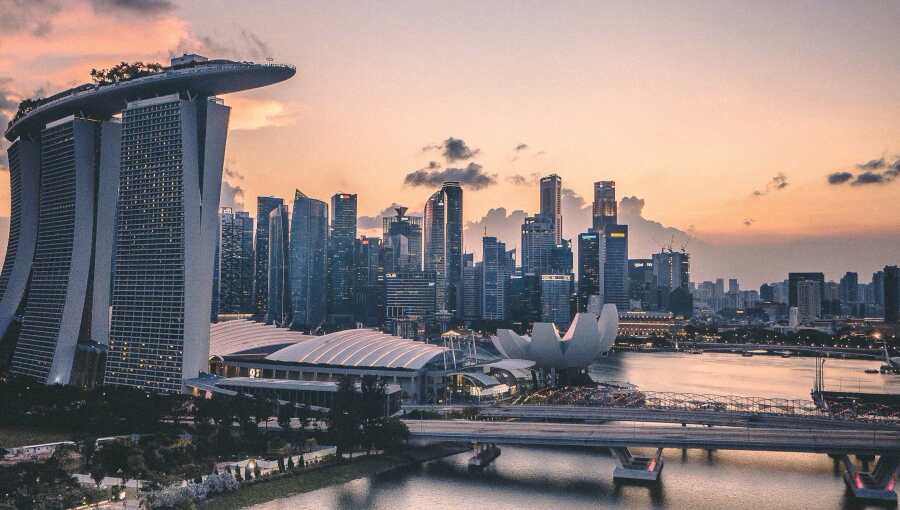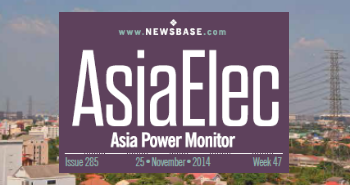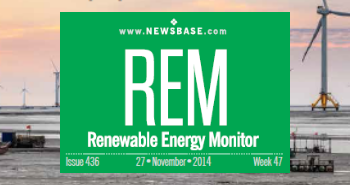Singapore’s green pivot – headline grabbing but still limited

Singapore’s renewables push in recent months is at once pragmatic and paradoxical: pragmatic because the city-state is doing the only sensible thing available given its geography and economy, but also paradoxical because, despite an energetic slate of projects, renewables capacity remains a sliver of the national grid.
The government in the island state and private sector have embraced a blend of intense deployment of solar in all its guises, experimental floating farms, and cross-border imports of clean power from Malaysia and Indonesia. In addition, forays into offshore wind via regional cooperation with neighbours, and forward-looking bets on hydrogen and low-carbon fuels are also making headlines, but the scale required to wean a heavily gas-dependent system off fossil fuels is still daunting.
Solar is the most mature piece of the puzzle at time of typine. Singapore’s roofs, reservoirs and industrial sites have become a patchwork of solar panels of all sizes. The island has also pushed large floating arrays at Tengeh and is preparing construction of an even bigger installation at Kranji Reservoir, while companies such as Sembcorp continue to win contracts to add more capacity.
These projects are not cosmetic. They steadily increase domestic generation, but in doing so, they also expose the limits of adding solar capacity to an already overcrowded island as even the most ambitious forms of deployment are bounded by land and water availability.
Singapore’s national target of at least 2 GW-peak of solar by 2030 reflects this ambition but also a degree of realism in that even with all the planned solar in place, the power generation produced would still only cover a fraction of national demand.
The city-state has therefore effectively stitched itself into a widespread regional energy fabric. Imports through the Lao PDR–Thailand–Malaysia–Singapore (LTMS) power trade and bilateral arrangements with Malaysia, and most recently Indonesia to the south represent an acknowledgement that Singapore cannot produce all the clean power it needs without help.
In 2025, clean imports and rising solar output pushed renewables’ share to a record high which sounds great on paper, but still amounts to under 3% of the mix all-in.
Part of this green push, as limited as it is, has already seen the LTMS corridor delivering a first tranche of hydropower to Singapore’s grid. This import strategy is sensible politically and technically, but it also shifts some environmental and social questions offshore: the sustainability of large-scale hydropower and the fairness of exporting renewable energy rather than building domestic resilience are both legitimate concerns as Reuters reported in late June.
Offshore wind, long considered the preserve of larger, windier nations, is being reframed via regional cooperation. Singapore has neither the shallow continental shelf of northern Europe nor the vast oceanic expanse of some of its neighbours, yet a multilateral project linking Vietnam, Malaysia and Singapore, envisaged to deliver power to the city-state by as early as the 2030s, demonstrates a willingness to think transnationally about resource geography.
Such schemes are expected to plug a crucial gap in baseload renewables for Singapore, but do require complex new transmission infrastructure and finely balanced diplomatic and commercial arrangements.
Singapore is also placing a number of strategic bets on green fuels and storage. Jurong Island, the chemical and energy cluster just off the main island, has recently been earmarked for large-scale low-carbon fuel production, hydrogen readiness and battery storage trials in what in an indicator of policy makers regarding the energy transition as an industrial opportunity.
Long-duration storage when it is finally realised as well as hydrogen generated power could smooth the intermittency problem and decarbonise hard-to-abate sectors, but both remain costly and reliant on technology that is not quite there yet – powered by additional clean electricity input. Because of this, the island’s pivot to become a low-carbon fuels test-bed underlines a still hard to define mix of state planning and industrial policy on the road to reducing emissions while retaining economic competitiveness.
One key factor in this is the private sector. Corporate power purchase agreements (PPAs) and industry partnerships demonstrated by long-term offtake deals for floating solar capacity, show firms preferring to lock in green supply rather than depend on short-term market indicators. These commercial moves lower financing costs and crowd in further investment, while also signalling that businesses see long-term value in aligning with Singapore’s net-zero trajectory.
For all the progress being made in Singapore though, the hard truth remains: the island’s power system is still overwhelmingly gas-fired, and the scale of renewables and imports brought in so far is nowhere near enough to displace the baseload that underpins industry and homes.
The city-state’s strategy is coherent on paper and in policy speeches; exploit every domestic solar niche, import where efficient, invest in storage and hydrogen, and use industrial clusters as demonstration zones. But for now, coherence is not the same as sufficiency. To this end, the coming decade will test whether Singapore can leverage regional partnerships, technological advances in storage and electrolysis, and sustained private capital to convert promise into a transformation of its energy mix.
In short, Singapore’s shift to renewables still reads like a carefully choreographed rehearsal rather than a final performance. The nation is more than tech-savvy, it is regionally engaged and commercially astute without equal in the region. Yet it is constrained by geography and the sheer scale of decarbonisation projects that remain unaddressed. The country’s success will depend less on a single breakthrough technology than on piecing together solar, imports, offshore resources, storage and low-carbon fuels into an integrated system – all the time accepting that some of the most consequential decisions will not even be taken in Singapore’s boardrooms, but over its borders in Jakarta, Kuala Lumpur and elsewhere.



Follow us online